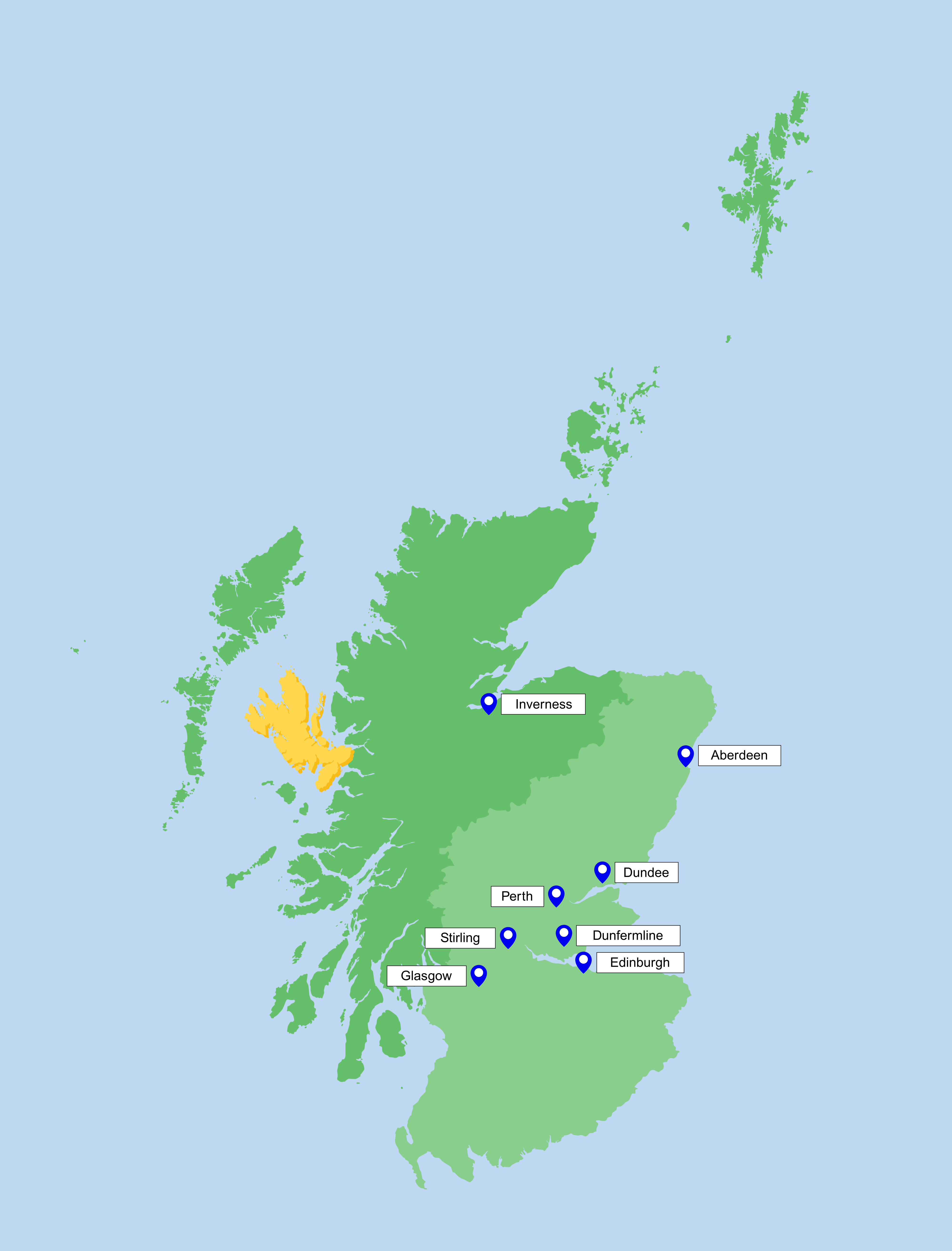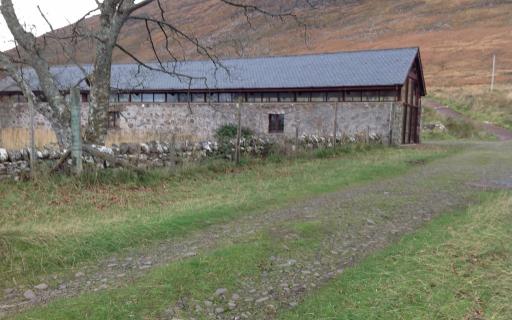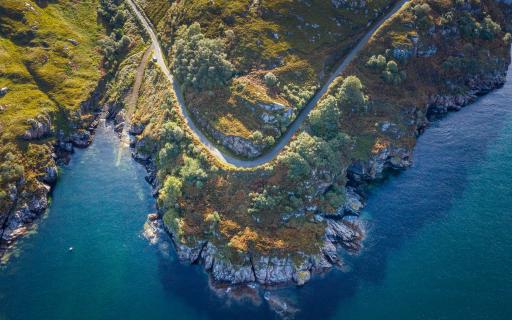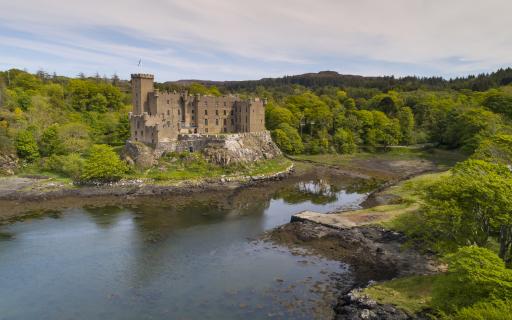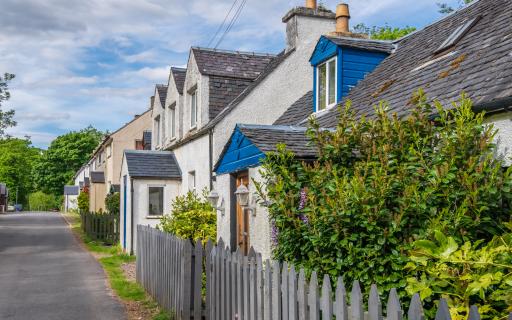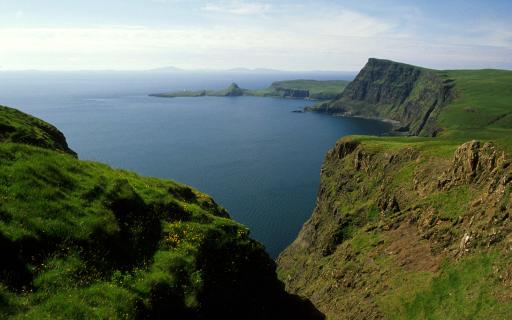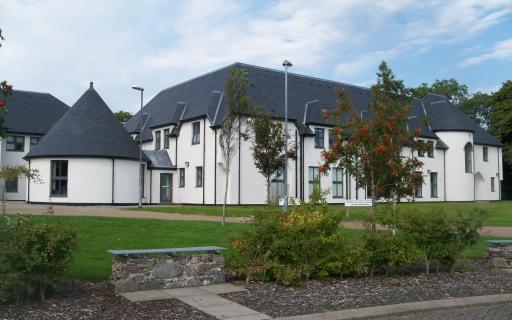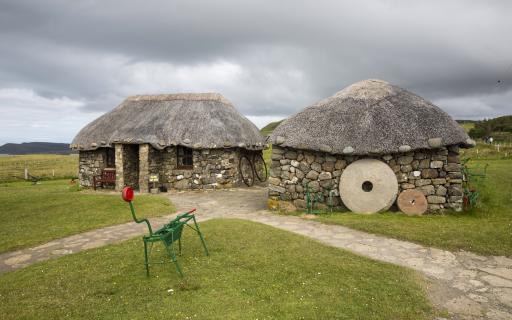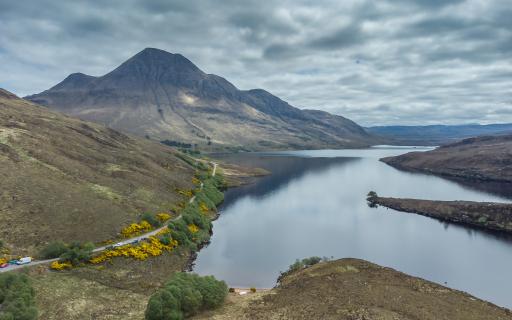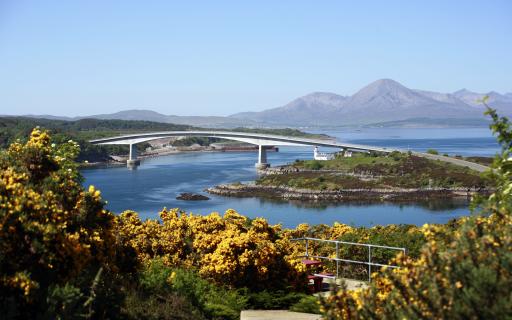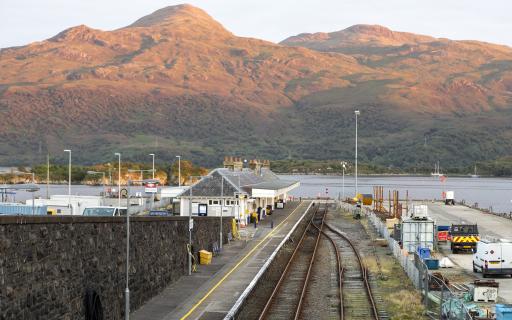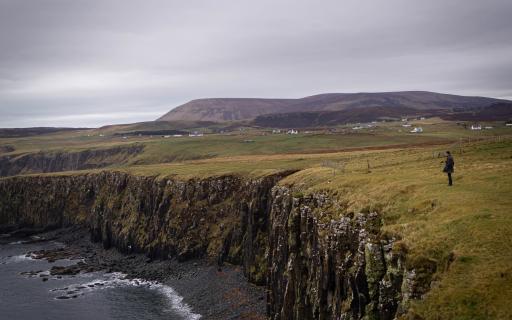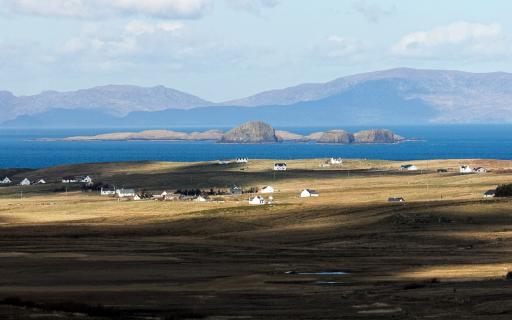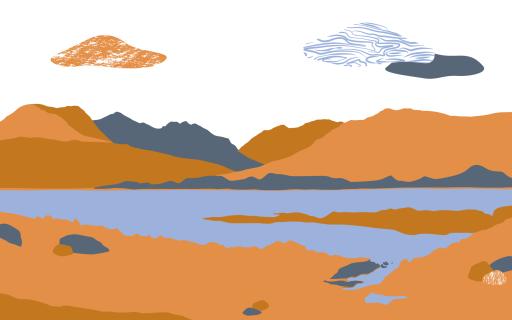Most visitors to Skye and Lochalsh will approach via historic Glen Shiel to the southeast or along the shores of Loch Carron to the north, both stunning journeys in their own right. But this region rewards the time-rich traveller willing to sacrifice speed for an immersive journey into a land where mountains meet the sea.
Slower approaches include the old drover’s route over the 350m high Mam Ratagan pass and its views to the Five Sisters of Kintail to glorious Glenelg and a short ferry trip to Skye. Alternatively, board a train in Inverness or Dingwall for one of the most scenic rail journeys in the world to Kyle of Lochalsh, alighting at picturesque Plockton or at Duirnish to walk the fine coastal path. Beyond Kyle, you travel over the bridge to Skye, and the scenic beauty only deepens.
A land to enjoy day and night
Heading north from the Skye Bridge takes you through tranquil Broadford to Portree, Skye’s cultural centre. From there, explore the Waternish peninsula or take the long route around the Trotternish peninsula via Staffin and Flodigarry to Uig, ferry gateway to the Uists. Wherever you go, you’ll find hundreds of less trodden paths and a landscape that invites you to rest and reflect. Find a sheltered quiet beach to lie back on and watch the clouds shape shift or better still get out at night to enjoy the dark skies with shooting stars over the Black Cuillins.
After being out in the elements, day or night, there are plenty of ways to recharge, not least with a sip of ‘uisge beatha’ (the water of life) at one of Skye and Raasay’s three distilleries. Elsewhere you can visit a Highland croft at Balmacara Estate, explore ancient homes at Dunvegan Castle and Glenelg’s Pictish brochs, or feast your eyes and fill your belly with superb seafood in Sleat, the Garden of Skye. If you find a pub hosting an evening ‘session’ of traditional music, stay to enjoy tunes and the chat.

